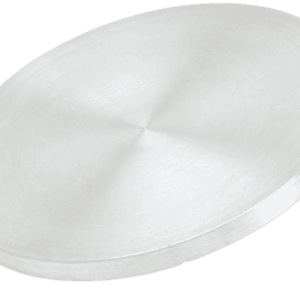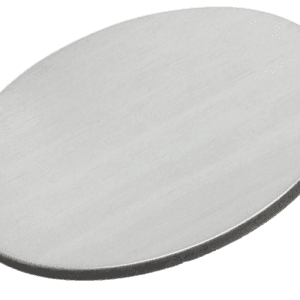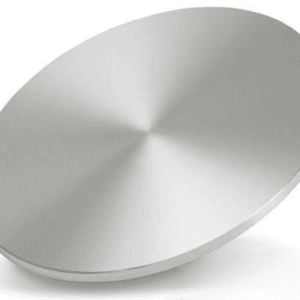Platinum Iridium Sputtering Target Description
Platinum Iridium Sputtering Targets are essential materials for sputtering deposition processes, where atoms or ions are ejected from the target and deposited onto a substrate to create thin films.
These targets are renowned for their outstanding corrosion resistance, high melting point, and excellent electrical conductivity. The Platinum-Iridium alloy is particularly valuable in high-temperature applications due to its stability and durability. Common uses include thermocouples, electrical contacts, and biomedical devices, where reliable performance and resistance to harsh conditions are crucial.
Related Product: Lead Platinum Sputtering Target, Platinum Ruthenium Sputtering Target
Platinum Iridium Sputtering Target Specifications
| Compound Formula | Pt-Ir |
| Molecular Weight | 387.3 |
| Appearance | Silver Metallic Target |
| Available Sizes | Dia.: 1.0″, 2.0″, 3.0″, 4.0″, 5.0″, 6.0″ Thick: 0.125″, 0.250″ |
Platinum Iridium Sputtering Target Handling Notes
Indium bonding is advised for the Platinum Iridium Sputtering Target because of the material’s inherent brittleness and low thermal conductivity. The low thermal conductivity of Platinum Iridium, coupled with its susceptibility to thermal shock, makes Indium bonding an effective solution to ensure better thermal management and reduce the risk of damage during the sputtering process.
Platinum Iridium Sputtering Target Application
Platinum Iridium Sputtering Target Packaging
Get Contact
TFM offers Platinum Iridium Sputtering Targets known for their exceptional purity and performance. With a focus on delivering high-quality targets, TFM ensures precise thin-film deposition for a wide range of applications, including electronics, advanced materials engineering, nanotechnology, and thin-film coatings.


 MSDS File
MSDS File



Reviews
There are no reviews yet.